This Article exposes the shocking truth behind some of our favorite gourmet ingredients. From truffle oil to maple syrup, many seemingly authentic products harbor a secret: they’re cleverly crafted counterfeits.
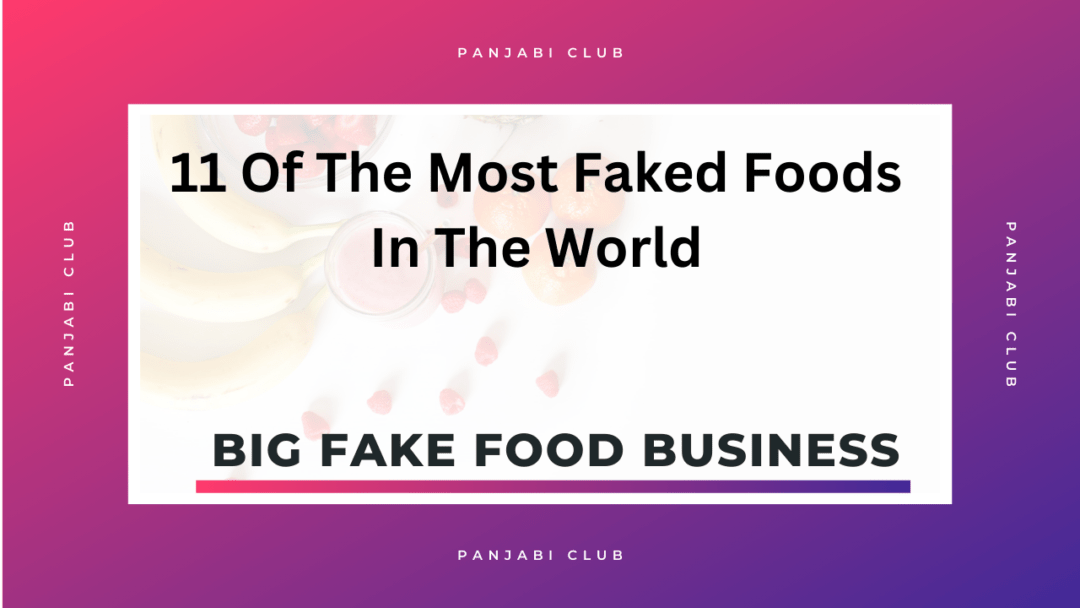
Why Fake Food?
Driven by profit, manufacturers exploit the high cost and rarity of real truffles, replacing them with cheap imitations. Truffle oil, often a culprit, is more than olive oil infused with synthetic compounds that mimic the truffle’s aroma, even containing a foot odor-like component! To avoid this deception, opt for freshly shaved truffles whenever possible.
Maple syrup faces a similar fate. While Canada reigns supreme in real maple production, some US brands resort to trickery. They substitute corn syrup for the genuine article, capitalizing on relaxed labeling regulations. Look for “100% pure maple syrup” on the label and be wary of suspiciously low prices.
wasabi, vanilla extract, and other victims of food fraud. It highlights the global reach of this industry, estimated at a staggering $40 billion. The consequences range from financial loss to potential health risks associated with consuming undisclosed ingredients.
So, the next time you reach for a gourmet treat, remember: buyer beware! Educate yourself about common substitutions, scrutinize labels, and prioritize transparency. By demanding authenticity, we can help combat the deceptive practices that threaten the integrity of our food system.
Maple Syrup
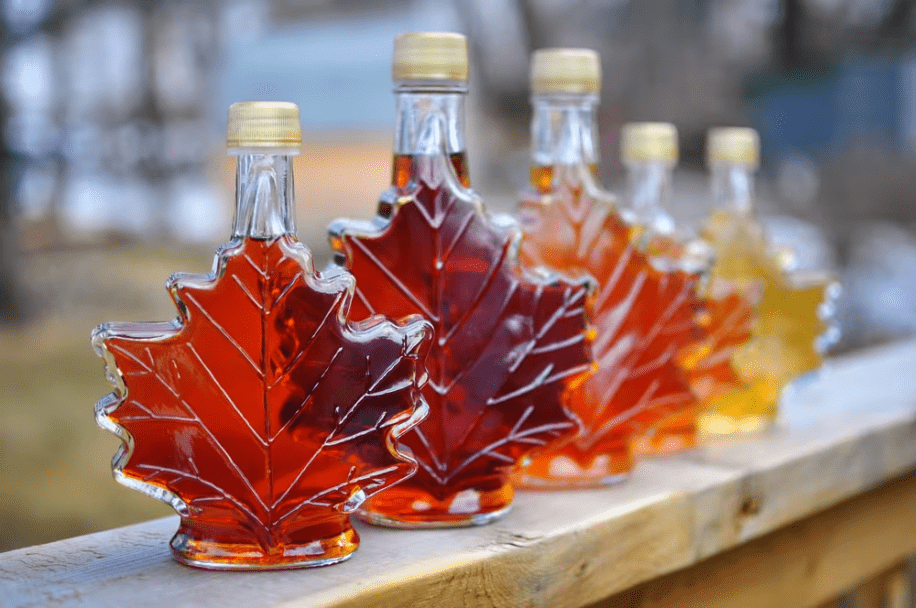
While the high cost of real maple syrup, requiring 44 gallons of sap for just one gallon, fuels the use of corn syrup-based imitations, even more disturbing is the outright mislabeling of fake syrup as pure maple. Look for “100% pure” and a simple ingredient list to avoid imposters.
Wasabi
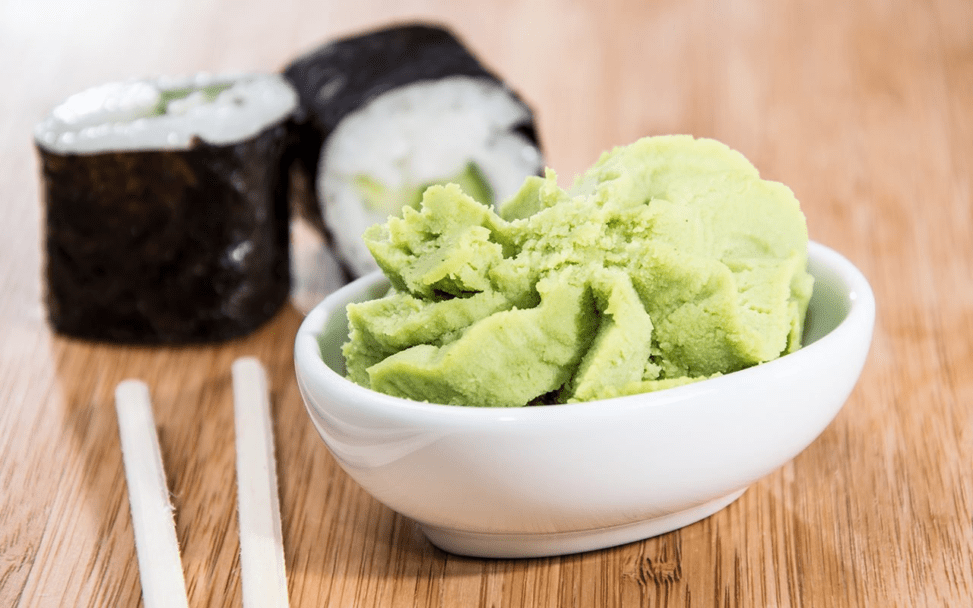
Forget the fiery green paste served with your sushi – that’s likely horseradish, sweetener, and starch. Real wasabi, a rare and demanding plant, boasts a subtler heat and chunkier texture. Only 1% of American and 5% of Japanese wasabi are genuine articles. Grated fresh in front of you is your best bet for authenticity.
Parmesan Cheese
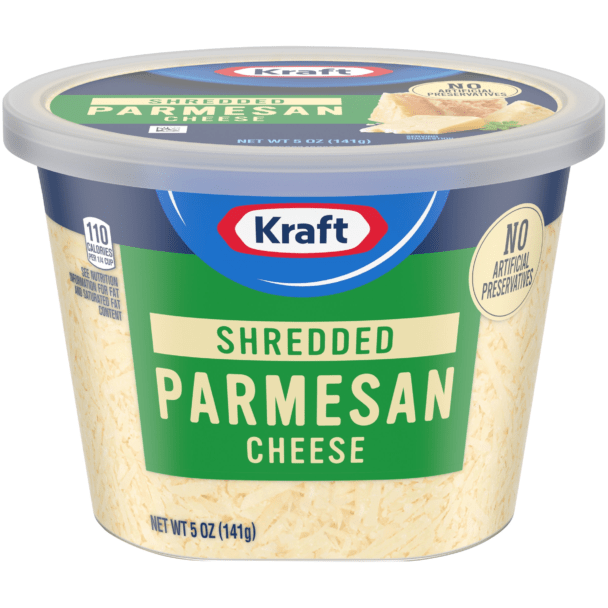
Only 300 dairies hold the right to produce real Parmigiano-Reggiano, adhering to strict regulations and a specific Italian region. Counterfeits often lack the complex flavor profile and distinct texture achieved through traditional methods. Be wary of suspiciously low prices and vague labels.
The real deal, Parmigiano-Reggiano, boasts strict regulations, specific aging periods, and unique flavor crystals. However, in some countries, products labeled “Parmesan” can include fillers like wood pulp and cellulose, often exceeding recommended levels without clear labeling. Worse yet, counterfeit “Parmigiano-Reggiano” floods the market, harming the Italian industry. Look for DOP labels, real cheese chunks on the rind, and that telltale crystalline texture to ensure authenticity.
Vanilla Extract
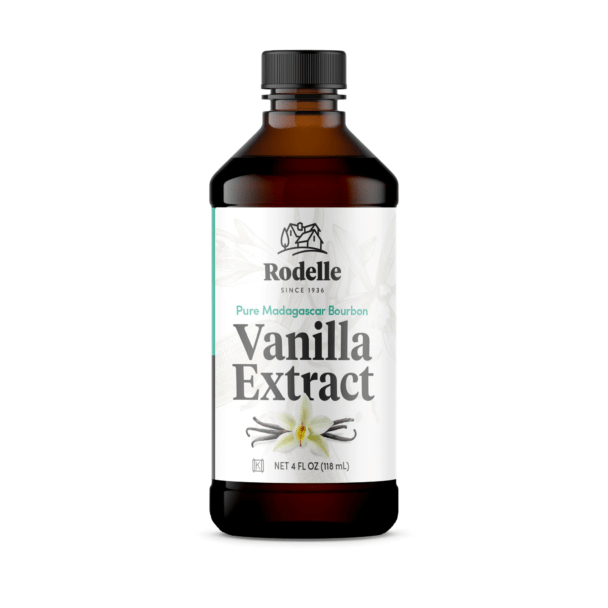
Only 1% of vanilla products are the real deal, the meticulously hand-pollinated and processed beans from Madagascar. The rest often resort to lab-made vanillin derived from petroleum or wood products, legal as long as labeled as “artificial.” However, illegal substitutions like tonka beans, containing harmful coumarin, have posed health risks. Opt for products explicitly mentioning “vanilla bean extract” and rely on your senses – real vanilla boasts a complex aroma and flavor beyond just sweetness.
Caviar

This expensive fish egg delicacy attracts criminal rings, who substitute cheaper roe or even label low-grade caviar as premium varieties. While تشخیص real caviar is tricky, the hot water test offers some guidance: real caviar hardens, while fakes dissolve. Look for uniform size, and glossy shine, and avoid dull, irregular shapes.
Honey

A staggering third of traded honey is adulterated or fake. Driven by demand exceeding bee production, manufacturers resort to syrups like corn syrup and rice syrup, often originating from China. Experts highlight the difficulty of tracing due to pollen filtering and complex processing. Look for local, reputable producers and be wary of suspiciously low prices.
Avoid blends and processed honey, prioritizing raw honey from local producers at farmers’ markets. Remember, “cheap” often means “fraudulent.”
Spices
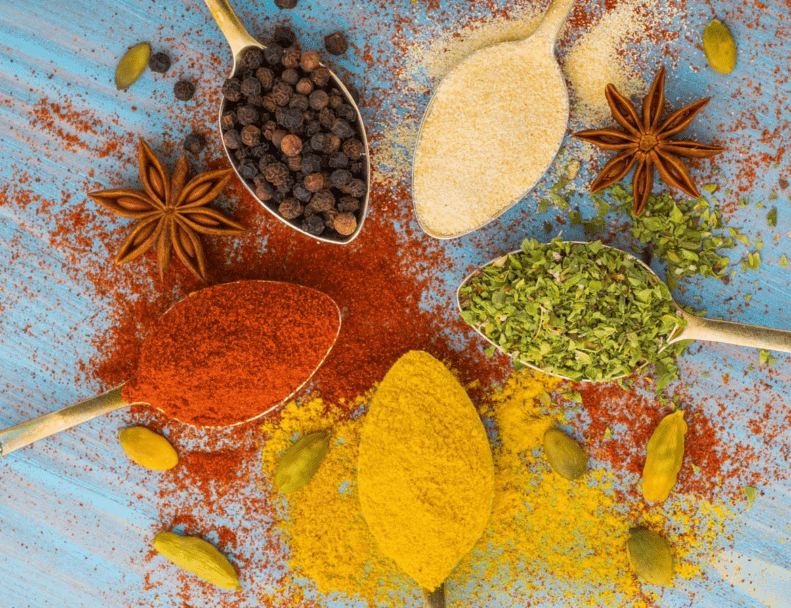
Turmeric, saffron, and paprika are frequently counterfeited with cheaper alternatives like sawdust or brick dust, dyed to resemble the real deal. While visual inspection is limited, buying whole spices instead of ground and sourcing from trusted vendors can help mitigate risks.
Olive Oil
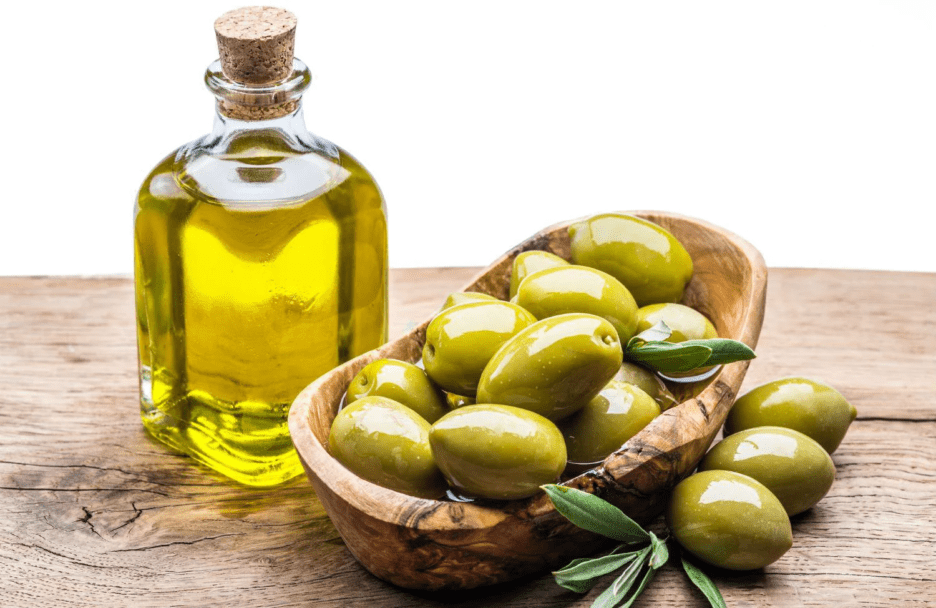
Opt for “extra-virgin” olive oil, avoiding terms like “virgin,” “blend,” or “light.” Beware of suspiciously low prices and pressed-on dates exceeding two years. Real olive oil should have a fruity, grassy aroma, and not be rancid or odorless.
Wagyu Beef
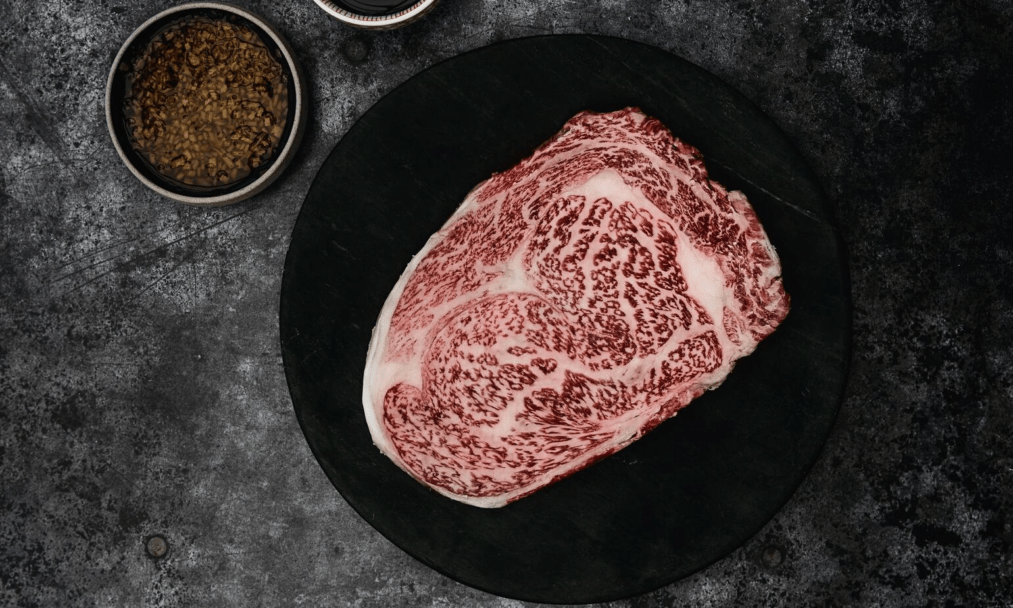
True Wagyu comes from Japan, with strict regulations and high prices. American “Wagyu” is often a crossbreed with lower quality. Look for certifications and be wary of restaurants offering Wagyu at significantly lower prices.
Don’t be fooled by the hefty price tag! American “Wagyu” often contains just a fraction of actual Wagyu genetics, falling short of true quality. Look for even marbling, avoid bone-in Kobe (rarely served this way), and prioritize certified sources.
Coffee:

Beware of imposters! Inferior beans disguised as expensive ones, or even ground-up fillers like acorns, can end up in your bag. Opt for reputable vendors, verify origin, and seek certifications from trusted organizations.
Saffron
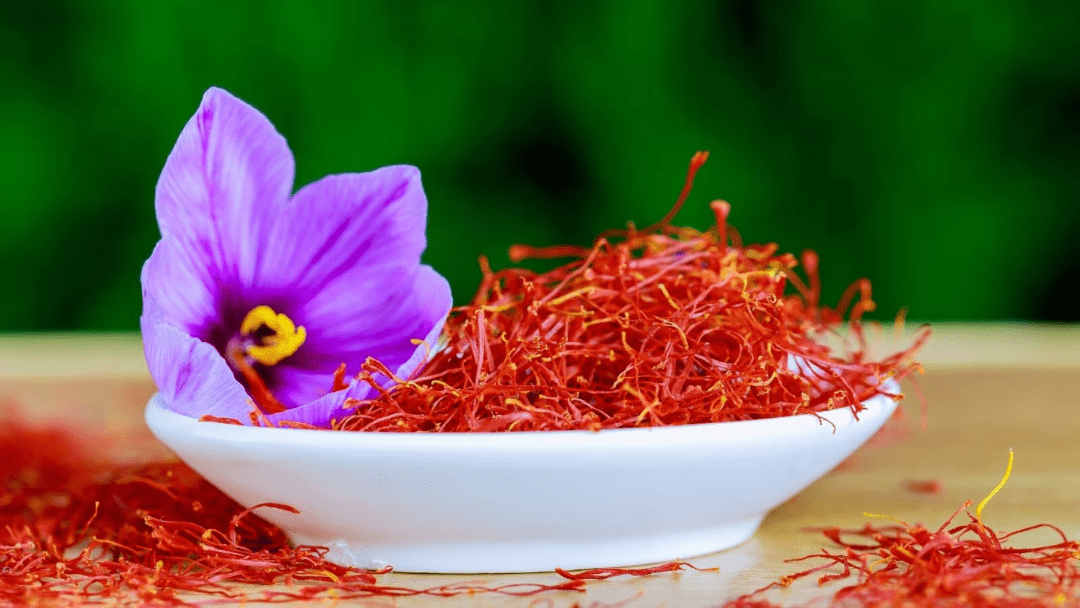
This “red gold” spice is ripe for counterfeiting. Real saffron boasts delicate red stigmas, hand-harvested from flowers. Beware of suspiciously low prices and opt for trusted suppliers to avoid cheap imitations.
This “red gold” spice is a prime target, with criminals substituting hay, horsehair, or even roots for the real thing. Look for slow color release in water, avoid instant orange or red hues, and prioritize trusted vendors with certifications. Remember, cheap saffron is rarely genuine.
How to Combat Food Fraud
A Call for Transparency, Tougher Laws, and Consumer Action
Beyond Price
While paying more doesn’t guarantee authenticity, suspiciously low prices are a red flag. Food fraud not only hurts your wallet but also poses health risks. Counterfeit olive oil laced with peanut oil can be deadly for allergy sufferers, and honey adulterated with banned drugs raises serious concerns.
Organized Crime & Global Reach: Food fraud isn’t just a petty operation; sophisticated criminal rings operate like companies, researching trends and employing food scientists. They set up factories, forge documents, and exploit international supply chains to evade detection.
Limited Oversight & Lax Penalties: The vastness of the problem is compounded by limited inspections and lenient punishments. The FDA inspects a mere fraction of imported foods, and even when caught, penalties rarely match the severity of the crime.
The Consumer’s Role: While the system grapples with this complex issue, individual vigilance is crucial. Educate yourself about common scams, scrutinize labels and origins, and prioritize reputable sources. Remember, informed choices are our best defense against this pervasive threat to our food safety and economic well-being.
Tougher Measures: Experts advocate for harsher penalties and clearer laws to deter criminals. Blockchain technology offers promising solutions for tracking food through the supply chain, increasing transparency and accountability.
Consumer Responsibility: Educating ourselves is key. Understanding common scams, scrutinizing labels and origins, and prioritizing whole foods over processed products empowers us to make informed choices. Remember, buying genuine ingredients gives you control over what goes into your body.
A Silver Lining: Even if you unknowingly purchase fake food, there might be creative ways to repurpose it. For example, subpar honey can still be used as a natural hair and face mask.
Nermosa Women Cotton Block Printed Kurta Pant With Dupatta
₹699.00 (as of June 23, 2025 08:51 GMT +00:00 - More infoProduct prices and availability are accurate as of the date/time indicated and are subject to change. Any price and availability information displayed on [relevant Amazon Site(s), as applicable] at the time of purchase will apply to the purchase of this product.)MEERA FAB Women's Cotton Printed Anarkali Kurta with Palazzo & Dupatta Set
₹769.00 (as of June 23, 2025 08:51 GMT +00:00 - More infoProduct prices and availability are accurate as of the date/time indicated and are subject to change. Any price and availability information displayed on [relevant Amazon Site(s), as applicable] at the time of purchase will apply to the purchase of this product.)KLOSIA Women's Viscose Kurta and Pant with Dupatta Set
₹799.00 (as of June 23, 2025 08:51 GMT +00:00 - More infoProduct prices and availability are accurate as of the date/time indicated and are subject to change. Any price and availability information displayed on [relevant Amazon Site(s), as applicable] at the time of purchase will apply to the purchase of this product.)Nermosa Women Printed Anarkali Kurta and Pant Set with Dupatta
₹799.00 (as of June 23, 2025 08:51 GMT +00:00 - More infoProduct prices and availability are accurate as of the date/time indicated and are subject to change. Any price and availability information displayed on [relevant Amazon Site(s), as applicable] at the time of purchase will apply to the purchase of this product.)ANNI DESIGNER Women's Rayon Blend Solid Straight Kurta with Pant & Dupatta
₹689.00 (as of June 23, 2025 08:51 GMT +00:00 - More infoProduct prices and availability are accurate as of the date/time indicated and are subject to change. Any price and availability information displayed on [relevant Amazon Site(s), as applicable] at the time of purchase will apply to the purchase of this product.)Women's Cotton Collerd Neck 3/4 Sleave Kurti with Plaaza Set - VNDP_001-GRY
₹599.00 (as of June 23, 2025 08:51 GMT +00:00 - More infoProduct prices and availability are accurate as of the date/time indicated and are subject to change. Any price and availability information displayed on [relevant Amazon Site(s), as applicable] at the time of purchase will apply to the purchase of this product.)ANNI DESIGNER Women's Cotton Blend Floral Kurta with Pant
₹497.00 (as of June 23, 2025 08:51 GMT +00:00 - More infoProduct prices and availability are accurate as of the date/time indicated and are subject to change. Any price and availability information displayed on [relevant Amazon Site(s), as applicable] at the time of purchase will apply to the purchase of this product.)rytras Women's Pure Cotton Printed Straight Kurta Set with Palazzo Pants - Ethnic Wear, Blue
Now retrieving the price.
(as of June 23, 2025 08:51 GMT +00:00 - More infoProduct prices and availability are accurate as of the date/time indicated and are subject to change. Any price and availability information displayed on [relevant Amazon Site(s), as applicable] at the time of purchase will apply to the purchase of this product.)
















